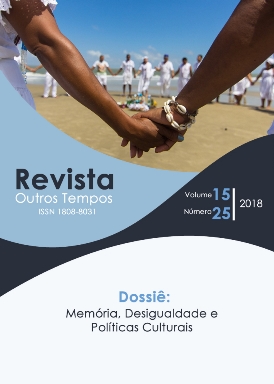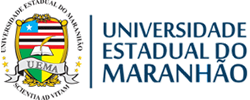Un IZIBONGO PARA MAFUKUZELA: Ritual, Memoria y Nación en Sudáfrica
DOI:
https://doi.org/10.18817/ot.v15i25.639Palabras clave:
John Dube (1871-1946). Memória. Nação. Izibongo. áfrica do Sul.Resumen
Resumen: John Langalibalele Dube (1871-1946) se había convertido en una figura central de la historia y memoria sudafricana moderna. Sus realizaciones son bien conocidas por aquellos que se interesan por su vida y obra. Al mismo tiempo, los modos como él viene siendo apropiado y visto desde el final del siglo XIX hasta los días actuales tienen relación directa con los proyectos de nación y sociedad sudafricana dominantes. Por un lado, hay quienes tienden a identificar a Dube como colaborador de la implementación de la segregación sudafricana. Por otro lado, hay aquellos que posicionan a John Dube como personaje central de las luchas históricas contra la segregación racial, inscribiéndolo, como ocurre paradigmáticamente en los días actuales, como una especie de héroe sudafricano – esta tendencia puede ser observada en diferentes décadas y situaciones, como en las representaciones sobre Dube producidas por su familia y grupo social en los años 1970 en el ámbito de los izibongos que le fueron dedicados, y que son objeto central de este artículo. En un juego de luchas de memoria, este patrón interpretativo se tornaría claramente dominante en Sudáfrica post-Apartheid, particularmente en el contexto de invención de Sudáfrica como Rainbown Nation.
Palabras clave: John Dube (1871-1946). Memoria. Nación. Izibongo. Sudáfrica.
Descargas
Descargas
Publicado
Cómo citar
Número
Sección
Licencia

Outros Tempos - Pesquisa em foco - História de http://www.outrostempos.uema.br/site/ é licenciado sob uma Licença Creative Commons Atribuição-NãoComercial-SemDerivados 3.0 Brasil.






